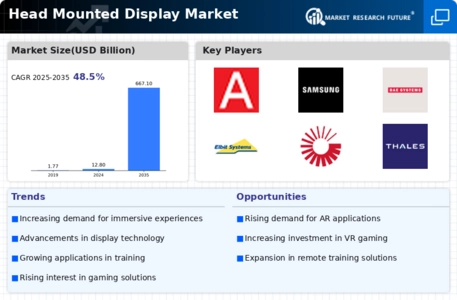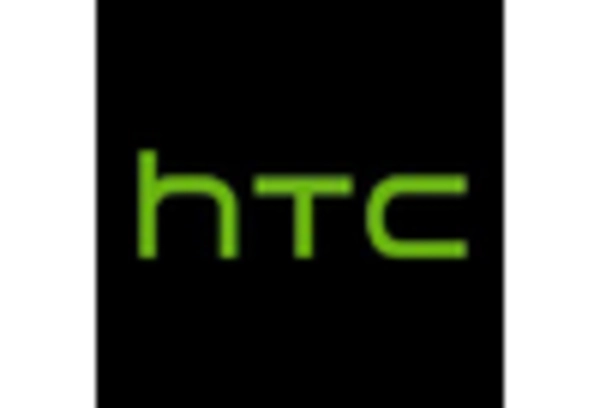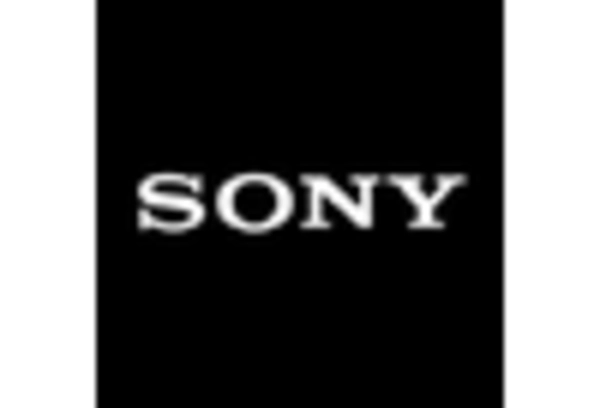Market Trends
Key Emerging Trends in the Head Mounted Display Market
The Head Mounted Display (HMD) market is experiencing several noteworthy trends that are shaping its current landscape and future trajectory. One prominent trend is the increasing integration of augmented reality (AR) and virtual reality (VR) technologies into various industries. As businesses recognize the potential of HMDs for applications such as training, simulation, and remote assistance, there is a growing demand for more sophisticated and versatile devices.
The gaming and entertainment sector continues to be a significant driver of market trends in the HMD industry. As consumers seek more immersive and realistic experiences, HMDs are evolving to deliver higher resolutions, wider fields of view, and improved graphics. The demand for gaming-specific HMDs, offering features like low-latency tracking and high refresh rates, is on the rise, reflecting the evolving preferences of gamers.
Another noteworthy trend is the miniaturization and increased portability of HMDs. Manufacturers are striving to create lightweight, compact, and comfortable devices, enhancing the user experience and making HMDs more practical for everyday use. This trend aligns with the broader consumer preference for devices that are easy to wear and carry, contributing to the broader adoption of HMDs beyond specialized applications.
Advancements in display technology are influencing market trends, with a shift towards higher resolution and more realistic visuals. High-definition and ultra-high-definition displays are becoming standard features in modern HMDs, providing users with sharper and more immersive visual experiences. Additionally, the integration of technologies like eye-tracking and foveated rendering is gaining traction, optimizing graphics rendering based on where the user is looking, thus enhancing overall performance and realism.
The convergence of HMDs with other emerging technologies is a notable trend. Artificial intelligence (AI) and machine learning are being incorporated into HMDs to enhance functionalities such as gesture recognition, voice commands, and adaptive content recommendations. These intelligent features contribute to a more seamless and intuitive user experience, opening up new possibilities for HMD applications.
Market trends in HMDs also reflect a growing focus on enterprise applications. Industries such as healthcare, education, and manufacturing are increasingly adopting HMDs for training, remote collaboration, and visualization purposes. The versatility of HMDs in providing immersive and interactive experiences is driving their integration into various professional settings, expanding their market beyond consumer-centric applications.
The rise of standalone HMDs is reshaping market dynamics. Standalone devices, which do not require external computers or consoles, offer greater mobility and ease of use. This trend aligns with the broader shift towards untethered experiences, providing users with more freedom of movement and flexibility in using HMDs across different environments.
Customization and personalization are becoming key trends in the HMD market. Manufacturers are offering modular HMD designs, allowing users to customize their devices based on specific preferences or application requirements. This trend reflects a recognition of the diverse needs of users across different industries and personal preferences, contributing to a more tailored and user-centric HMD experience.
Sustainability is emerging as a growing concern in the HMD market trends. As consumers become more environmentally conscious, there is an increasing demand for eco-friendly and energy-efficient HMD designs. Manufacturers are exploring materials and manufacturing processes that minimize environmental impact, reflecting a broader industry commitment to sustainability.
















Leave a Comment